Electricity installation
Here you will find everything related to electrical installations, so that your company can resolve all the doubts that may arise.


What is the circuit breaker?
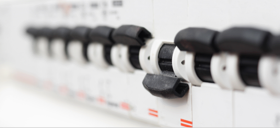
The circuit breaker (CB) is a control element that automatically switches off the electrical installation when there are several devices operating at the same time and they exceed the power you have signed up for.
According to current regulations (article 10 of RD 1454/2005) it is compulsory to have this power control element in housing. If you do not have it, a series of penalties will be applied to your electricity bill (second additional provision of Order ITC/1559/2010).
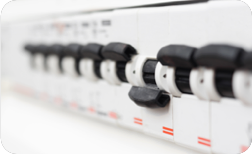
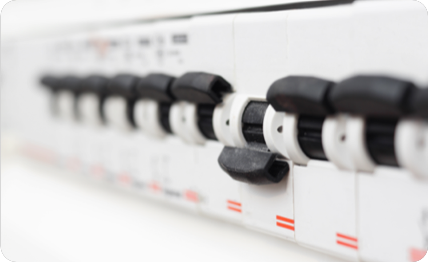
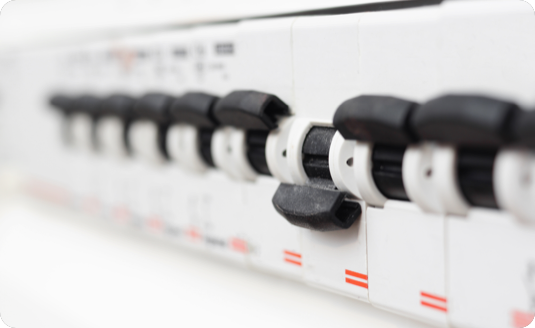
According to current regulations (article 10 of RD 1454/2005) it is compulsory to have this power control element in housing. If you do not have it, a series of penalties will be applied to your electricity bill (second additional provision of Order ITC/1559/2010).
Do you have a CB in your company?
If you don't have one, make sure you have a standardised box to put it in. If not, an authorised installer must install it for you.
Where can I find this CB?
It is usually located next to the General Control and Protection Panel, and immediately before it. This switch disconnects the entire installation when the sum of the power demanded by the appliances that are operating at the same time exceeds that contracted. If this happens frequently, it could be that the contracted power is insufficient.
Who can install it?
Before installing the CB, the electrical installation must be correctly adapted with a standardised box to house it (15 x 20 x 9 cm). If not, it must be installed by an authorised professional, who will make it ready to house the CB. Once you have the standardised box, you can choose between several options:
- Rent the CB from your distributor, who will be responsible for installation and sealing on the same visit.
- Buy the CB yourself and have it installed by an authorised installer. Afterwards, you must contact the distribution company to have the CB checked and sealed.
When you have it installed, you must inform your distributor, who will proceed to bill you according to the tariff and power corresponding to your supply (without penalty).
How much does it cost to install?
If you have the standardised box to house it, you have two options:
- Rent it from the distributor, including installation (from €0.03/month, depending on the type of installation).
- Install it yourself with an authorised installer. The distributor will then have to seal it.
In both cases, the distributor will charge you €9.04 (excluding tax) for the inspection and sealing.
What are the implications of your installation?
If you do not have enough contracted power, the electrical installation may be disconnected when you use several appliances at the same time. In this case, you would have to contract more power. If you want to calculate the ideal power for your home, you can do so with our Power Calculator.
If you decide to change the power of your company, you must take into account that you must pay the excess for the extension and access rights corresponding to this increase in power:
- Extension rights: €17.374714/kW (excluding taxes)
- Access rights: €19.703137/kW (excluding taxes)
- Connection fees: €9.044760 per connection (excluding taxes)
If you want to contract more power than the maximum admissible for your installation (which is defined in the Electrical Installation Certificate, formerly known as the Electrical Bulletin, for each premises or home), or if the installation is more than 20 years old, the distributor will ask you to present a new Installation Certificate.
Who must check it and seal it?
The distribution company in your area should take care of it. To find out which distribution company operates in your area, consult Distribution Companies.
What other circuit breakers should you take into account?
Here are some other circuit breakers that you should take into account in your company:
- ACB or Automatic General Circuit Breaker: This is responsible for protecting your installation from overloads and short circuits. It has recently been incorporated into the General Control and Protection Panel, so it is normal that many panels do not have it installed.
- DS or Differential Switch: It is used to quickly trip the electric system in the event of a power leak to ground to protect people from any risk of electrocution.
- PIAs or Small Circuit Breakers: They protect against incidents caused by short circuits and overloads in each interior circuit (lighting, heating, electrical appliances, etc.). The number of PIAs is equal to the number of circuits inside your company.

Customers and supply companies have the right to request the checking of the measurement and control equipment installed by them at any time and from the relevant body. The costs of this checking, as well as the settlement, are determined by the body.
If it is the customer who requests the check, but the measurement and control equipment is working correctly, the costs will be borne by the customer. In all other cases, they are paid for by the company.

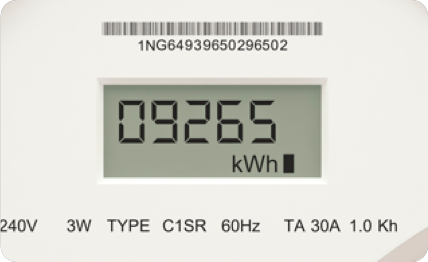
The demand meter records the maximum power required by a customer in a period of 15 minutes. This serves to establish the power term of the billing period. It is usually placed on the active meter of the measuring equipment.
Nowadays, the traditional needle demand meters are being replaced by all-in-one equipment. With the latter, it will no longer be necessary to have a meter for each type of consumption and to register the power, as they integrate several meters in one.
Billing by means of a maxi-meter
Billing can be calculated in two ways:
- If the power marked by the demand meter is less than 105% of the contracted power, 100% of that power is billed.
- If the power marked by the demand meter is higher than 105% of that contracted, the power marked by the demand meter plus double the difference between that marked and 105% of the contracted power is billed.

Billing by means of a maxi-meter
Billing can be calculated in two ways:
- If the power marked by the demand meter is less than 105% of the contracted power, 100% of that power is billed.
- If the power marked by the demand meter is higher than 105% of that contracted, the power marked by the demand meter plus double the difference between that marked and 105% of the contracted power is billed.
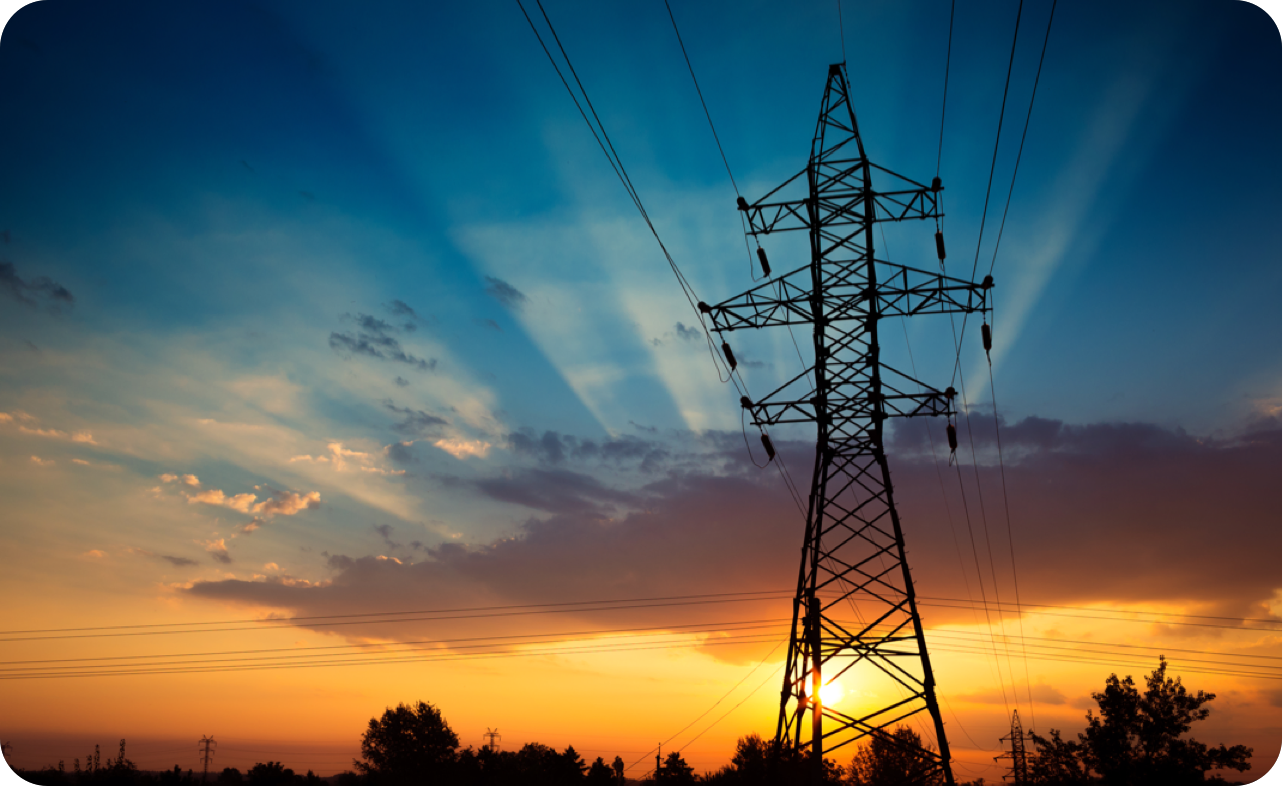
This is the part of the installation that links the distribution network, owned by the distribution company, with the energy point, owned by the consumer. For both low voltage (LV) and medium voltage (MV).
As for its construction, it can be underground or overhead, depending on the type of distribution. In urban areas, for example, it is increasingly common for them to be underground.

What is the verification?
It is the review and verification of the state and regulatory technical conditions of the customer's facilities, prior to their connection.
What is the connection?
It is the operation of connecting the service to the distributor's facilities and providing electrical service.
What are the connection charges?
This is the financial consideration charged by the distributor for carrying out all the necessary actions to provide a new supply or to extend an existing one. These rights may include the following concepts:
- Extension rights: is the financial consideration payable to the distributor for the electricity infrastructure required between the distribution network and the first element owned by the applicant when requesting a new supply or extending the power of an existing one. The applicant is understood to be the individual or legal entity that requests the extension installations for the service connection, without necessarily having to contract the new supply or its extension.
- Access rights: This is the economic consideration payable by each contracting party for a new supply or for the extension of the capacity of an existing one, payment of which will be made for its incorporation into the network.
- Supervision rights of transferred facilities: this is the financial consideration payable to the distributor for the supervision of work and the performance of tests and trials prior to commissioning. It must be paid by the applicant for a new supply, or for the extension of the capacity of an existing one, who chooses direct execution and subsequent transfer of the facilities.
The connection charges will remain attached to the installations for which they were paid until the first user leaves, regardless of the period of time that has elapsed. After a customer leaves, the connection rights will remain attached to the facility for 3 years for low voltage supplies.
The customer must pay the distributor the access rights corresponding to the contracted power, as long as it does not exceed the power recognised in the facility. If the customer contracts a higher power, or extends the power already contracted, they will pay the excess for the extension and access rights corresponding to that increase.
What are the connection and verification fees?
This is the amount payable to the distributor for the following services:
- Connection: the operation of electrically coupling the receiving facility to the distributor's network, which must carry out this operation under their responsibility.
- Verification of the facilities: the review and verification that the facilities comply with the regulatory technical and safety conditions.
In supplies where it is necessary to present an authorised installer's bulletin, either because it is a new construction or because it has been reformed, verification fees will not be charged. Nor will they be charged if the development of the facility has required the presentation of a project and the final work certificate.
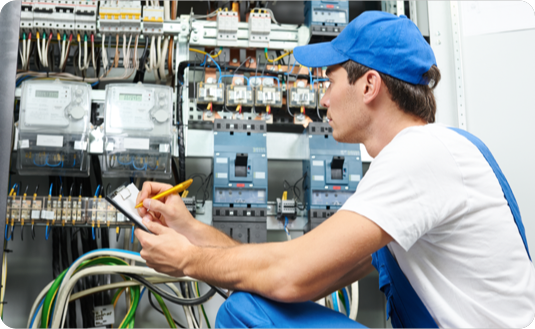
The EIC, Electrical Installation Certificate or Electrical Bulletin is an official document that reflects the main characteristics of your installation, such as the installed power or the maximum power that the installation can supply, above which it cannot be contracted.
When do you have to obtain it?
When required by the distribution company, which holds the register of all the certificates for installations connected to its network. There are cases in which the distribution company may require you to adapt to the current regulations by presenting a new Certificate, for example, when the power you are requesting exceeds the power allowed or if your installation is more than 20 years old.

When do you have to obtain it?
When required by the distribution company, which holds the register of all the certificates for installations connected to its network. There are cases in which the distribution company may require you to adapt to the current regulations by presenting a new Certificate, for example, when the power you are requesting exceeds the power allowed or if your installation is more than 20 years old.